As the world moves toward more sustainable and affordable energy solutions, solar power systems have become a leading choice for homes and businesses. Harnessing the sun's energy to generate electricity, these systems offer a clean, renewable, and reliable source of power that can significantly reduce your carbon footprint and energy bills. But how exactly do they work? What are the key components that make up a solar power system, and how do they all come together to create an efficient and effective setup? In this article, we’ll explore the essential parts of a solar power system, from panels and inverters to batteries and charge controllers. We'll also look at real-world examples and expert insights to help you understand how to choose the right components for your specific needs. Contents Have you ever noticed the bright reflection of sunlight on a glass surface? That’s often a sign of solar panels at work. These panels are made up of multiple photovoltaic cells that convert sunlight into electricity. When installed together, they form a solar array that generates power for your home or business. Solar panels are typically mounted on rooftops to capture maximum sunlight. However, they can also be placed on vehicles, ground structures, or poles depending on your needs. The angle and positioning of the panels are critical to ensure optimal energy absorption throughout the day. There are several types of solar panels available, each with its own advantages. The most common are: These panels are known for their high efficiency and long lifespan. Made from a single crystal structure, they perform well even in low light conditions and are ideal for larger installations. Less expensive than monocrystalline panels, polycrystalline panels are still highly effective. They’re a great option for homeowners looking for a cost-effective solution without sacrificing too much efficiency. These are lightweight and flexible, making them perfect for portable or unconventional installations. While less efficient than crystalline panels, they’re a good choice for certain applications like RVs or camping setups. Solar inverters are one of the most important parts of any solar power system. Their main job is to convert the direct current (DC) electricity generated by solar panels into alternating current (AC), which is used by most household appliances. Choosing the right inverter depends on your system size, installation type, and energy needs. There are three main types of solar inverters: String inverters are commonly used in residential settings. They connect multiple panels in a “string†and convert the DC power to AC. They’re cost-effective but can be affected if one panel underperforms. These small inverters are attached to each individual panel, allowing for better performance monitoring and efficiency. They’re ideal for shaded areas or complex roof designs. These devices work with string inverters to optimise the output of each panel. They help improve system efficiency, especially in areas with partial shading or varying weather conditions. Once you’ve chosen your solar panels, the next step is selecting the right mounting system. This ensures the panels are securely and efficiently installed, whether on a roof, ground, or pole. There are three main types of mounts: These are the most common and convenient for residential installations. They are designed to fit on various roof types and provide a stable base for the panels. These are ideal for larger installations or when roof space is limited. They allow for adjustable angles to maximise sunlight exposure. Pole mounts are great for saving space and are often used in commercial or rural settings. They can be adjusted to track the sun’s movement for better performance. While solar panels generate electricity during the day, batteries store excess energy for use at night or during cloudy periods. This allows for greater energy independence and reduces reliance on the grid. Batteries come in various types, including lithium-ion, lead-acid, and flow batteries. Lithium-ion is currently the most popular due to its higher efficiency and longer lifespan. Charge controllers regulate the flow of electricity from the solar panels to the battery, preventing overcharging and extending battery life. They play a vital role in maintaining the health and efficiency of your solar power system. There are two main types of charge controllers: MPPT controllers are more advanced and efficient. They adjust to changing conditions to extract the maximum possible power from your solar panels. PWM controllers are simpler and more cost-effective. They maintain a steady charging rate, making them suitable for smaller systems. A solar power meter helps you monitor your energy production and consumption. It's particularly useful in net metering systems, where excess energy can be sent back to the grid for credit. At Solar Panels Network, we specialise in creating custom solar solutions that deliver maximum efficiency and sustainability. In this case study, we explore a recent project where we helped a homeowner transition to a fully functional solar power system tailored to their property’s unique needs. The homeowner wanted to reduce their energy costs and lower their environmental impact. With ample sunlight and a spacious roof, the property was an ideal candidate for a solar power system. Our team conducted a detailed assessment to determine the best configuration for their home. We installed a comprehensive system that included: This successful project highlights the importance of choosing the right components for your solar power system. By focusing on quality and efficiency, we delivered a system that not only met but exceeded the homeowner’s expectations. At Solar Panels Network, we’re committed to helping you make the switch to clean, affordable, and sustainable energy. Understanding the differences between monocrystalline and polycrystalline panels is key. Each has its own strengths, and the right choice can greatly affect the performance of your system. Senior Solar Engineer Inverters are the heart of the system. Choosing microinverters or power optimisers can boost efficiency, especially in shaded areas. Lead Solar Installation Specialist Selecting the right battery and charge controller ensures that your system runs smoothly and lasts longer. This is especially important for off-grid systems or those in regions with frequent outages. Solar Systems Consultant Looking to make the switch to solar energy? Solar Panels Network is your trusted partner in the UK for reliable and efficient solar installations. We offer custom solutions that help you save money, reduce your carbon footprint, and take control of your energy future. Contact us today to start your journey towards a greener, more sustainable lifestyle. Solar power systems are becoming an increasingly popular choice for both residential and commercial users. With their cost-effectiveness and environmental benefits, they offer a smart and sustainable way to generate electricity. Whether you're setting up a small DIY system or a large-scale installation, understanding the components and their roles is essential for success. Each part of your solar power system plays a crucial role in its overall performance. From the panels that capture sunlight to the inverters that convert the energy, every component must be carefully selected and maintained. Additionally, factors like location, climate, and energy needs will influence the design and effectiveness of your system. By taking the time to research and choose the right components, you can ensure that your solar power system delivers the maximum benefit. Investing in quality equipment and professional advice can lead to long-term savings and a cleaner, more sustainable energy future. Solar Panels Network is a leading provider of solar energy solutions in the UK. Our team of experts includes experienced engineers, consultants, and installers who are passionate about promoting clean and sustainable energy. We focus on delivering high-quality, customer-centric solar installations that meet the unique needs of each client. Our articles are written by industry professionals to provide accurate, up-to-date information on solar technology and its many benefits. Home Pressure Washer,High Pressure Car Washer Portable Electric,Portable Electric Garden Wash Cleaner,Portable Electric Hidrolavadora Ningbo Mingou Cleaning Equipment Co., Ltd. , https://www.mingouwash.com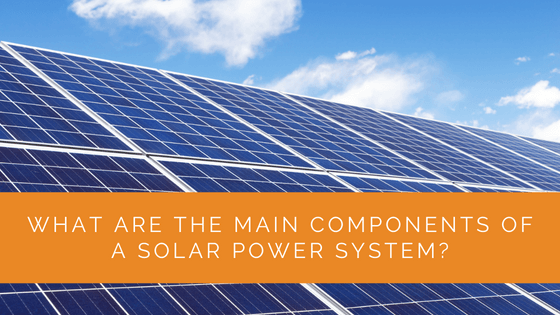
Key Takeaways
Component 1: Solar Photovoltaic Panel
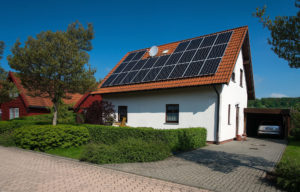
Monocrystalline Silicon Panels
Polycrystalline Silicon Panels
Thin-film Solar Cells
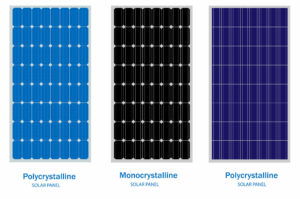
Component 2: Solar Inverters
String inverter
Microinverters
Power Optimisers

Component 3: Racking and Mounts
Roof mounts
Ground mounts
Pole mounts
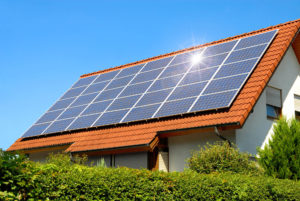
Component 4: Solar Batteries
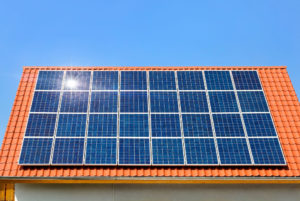
Component 5: Charge Controllers
Maximum Power Point Tracking (MPPT)
Pulse Width Modulation (PWM)
Component 6: Solar Power Meter
Case Study: Optimising a Residential Solar Power System
Background
Project Overview
Implementation
Results
Summary
Expert Insights From Our Solar Panel Installers About the Main Components of a Solar Power System
Discover the Power of Solar with Solar Panels Network
Final Thoughts
About the Author
June 29, 2025